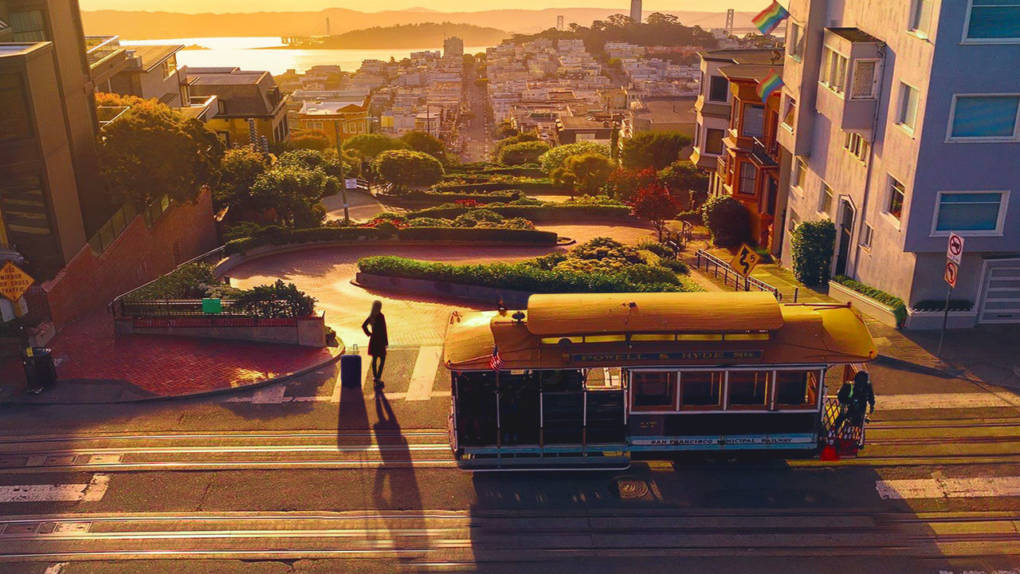If you mention Mister Rogers' Neighborhood to a group of 20 and 30 somethings, almost all of us can perfectly recall favorite episodes and lessons the great cardiganed one imparted to us in our formative years.
For one of my friends, it's when Koko the gorilla signed "I love you" to Mister Rogers on a visit. For another, it's the episode where he learned to break dance. A third friend refers to puppet aristocrat Lady Elaine Fairchilde as "baby's first dowager" because of her pithy one-liners. My most memorable moment with America's favorite neighbor will forever be when Margaret Hamilton, a.k.a. the one and only true Wicked Witch of the West, came on the show's Halloween episode and actually dressed in her old Wizard of Oz drag to take Mr. Rogers trick or treating.
Mister Rogers' Neighborhood isn't the only piece of public television programming to make a lasting impression on my generation. We learned the alphabet from Sesame Street, watched Nova in science class, discovered the wonders of the planet with Nature and, if anyone dares say "butterfly in the sky..." to a group of my peers, at least half of us will reply with "I can go twice as high" and come together in a rousing chorus of the Reading Rainbow theme.
Public Television hooked us young. Now, as adults, PBS continues to be a major civilizing factor for us in less and less civilized times. Reruns of The French Chef and Julia and Jacques give us a fluency in the language of food and fine dining, The NewsHour offers current events minus commercial breaks, Downton Abbey and other Masterpiece Classics teach us which fork to use at English country houses and every Ken Burns documentary we see makes us at least sound more intelligent on first dates. ("Did you see Prohibition? What a fascinating chapter in our nation's history!").


